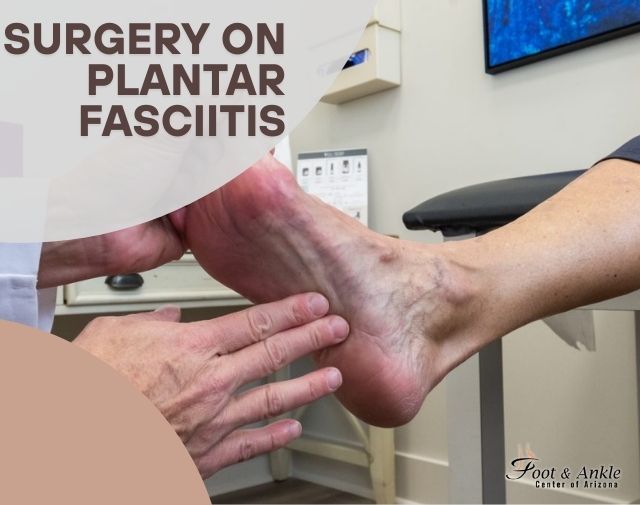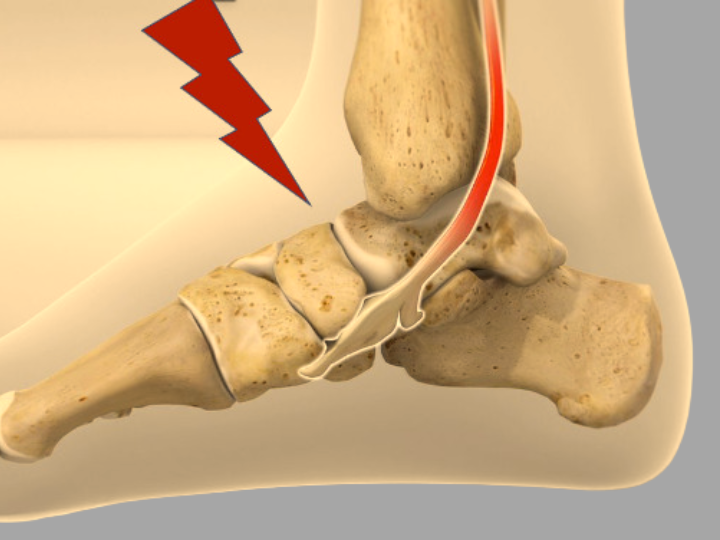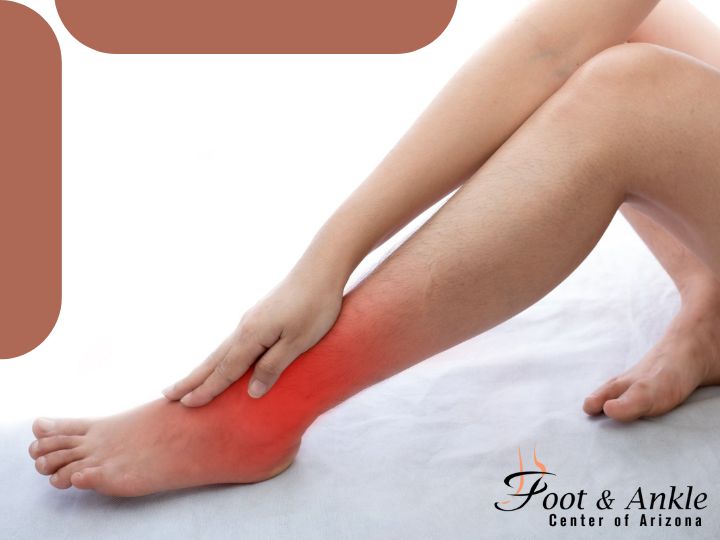Surgery on Plantar Fasciitis: Plantar fasciitis is a common cause of heel pain that, in the main, affects people who regularly participate in some forms of physical activity or those who stand for an extended period. Generally, it interferes with the quality of life; thus, understanding the causes, symptoms, and treatments will yield effective management and prevention.
The following article delineates a detailed summary of the aspects associated with plantar fasciitis, enabling readers to identify and treat the condition without any delay.
Plantar Fasciitis Explained
Plantar fasciitis is the inflammation of the plantar fascia- a thick band of connective tissue running along the sole. It supports the arch of the foot and absorbs the stress that comes with walking, running, or standing. When there are small tears resulting from excessive strain, irritation and inflammation then occur, manifesting themselves as heel pain.
Basic Facts
- Plantar fasciitis accounts for about 10% of running-related injuries.
- It commonly affects people between the age of 40 and 60 years.
Causes of Plantar Fasciitis
1. Overuse and Repetitive Stress
Exercises like running, dancing, or even aerobics can put excessive stress on the plantar fascia if done without appropriate conditioning or with poorly fitted shoes.
2. Foot Structure and Mechanics
A variety of foot structures or conditions can put individuals at risk for plantar fasciitis:
- Flat feet or fallen arches
- High arches, lowering shock absorption
- Abnormal walking patterns
3. Contributory Lifestyle Factors
- Wearing non-supportive shoes, especially on hard floors
- Sudden increase in physical activity.
- The jobs that involve standing continuously.
Recognizing Symptoms of Plantar Fasciitis
Primary Symptoms
- Heel Pain: A sharp, stabbing pain near the heel, particularly noticeable during the first steps after waking up or sitting for an extended period.
- Discomfort During Activity: Pain that intensifies after physical exertion, rather than during the activity itself.
Additional Indicators
- Tenderness along the arch of the foot.
- Stiffness in the heel or sole.
Understanding these symptoms can aid in early detection and timely intervention.
Plantar Fasciitis Diagnosis
1. Physical Examination
The podiatrist or the health care provider can notice tenderness, swelling, and areas of pain upon examining the foot.
2. Imaging Tests
Sometimes, X-rays or MRI scans can be ordered in order to exclude stress fractures or heel spurs, among other similar conditions that may present themselves like plantar fasciitis.
Plantar Fasciitis Treatment Options
Non-Surgical Interventions
The majority of them are well managed without surgical intervention:
Rest and Activity Modification
- Restricting or modifying activities that disturb the symptom.
Application of Ice Therapy
- Ice packs on the affected area reduce inflammation and pain.
Stretching Exercises
- Gentle exercises to stretch the plantar fascia, Achilles tendon, and calf muscles.
Adjustment of Footwear
- Wearing shoes with good arch support and extra cushioning of the sole
Physical Therapy
Physiotherapists commonly advise:
- Strengthening exercises to maintain stability around the foot.
- Taping techniques to support the plantar fascia during activity.
Medical Treatments
Medication
- NSAIDs-as the name suggests, these are given to reduce pain as well as limit the inflammation of the affected region.
Orthotic Devices
- Insoles, either custom-fit or off the shelf, used to support the arch and thereby decrease tension on the plantar fascia.
Night Splints
- These are worn at night to give a passive stretch to the plantar fascia and Achilles. They reduce pain upon rising in the morning.
Medical Treatments
Medication
- NSAIDs-as the name suggests, these are given to reduce pain as well as limit the inflammation of the affected region.
Orthotic Devices
- Insoles, either custom-fit or off the shelf, used to support the arch and thereby decrease tension on the plantar fascia.
Night Splints
- These are worn at night to give a passive stretch to the plantar fascia and Achilles. They reduce pain upon rising in the morning.
Prevention of Plantar Fasciitis
Prevention can go a long way in ensuring this condition does not become a problem. Preventive measures can dramatically reduce the risk of developing plantar fasciitis:
Wear Supportive Footwear
- Wear shoes providing appropriate arch support, cushioning, and having a slight heel.
Gradual Increases in Activity
- Avoid sudden peaks in physical activity, especially in high-impact sports.
Regular Stretching and Strengthening
- Add exercises to increase flexibility and strengthen the foot muscles.
Maintain a Healthy Weight
- Loss of excess body weight reduces the stress on the plantar fascia.
Frequently Asked Questions
- Can plantar fasciitis heal on its own?
Mild conditions may get better with rest and good care, but the chronic condition needs interference.
- Is plantar fasciitis the same as heel spurs?
No. Though these conditions often come hand in hand, heel spurs are calcium deposits, while plantar fasciitis is the inflammation of the fascia.
- How much time does recovery take?
Improvement varies; most people see improvement within 6-12 months with continued treatment.
- Can it be a recurrent post-treatment?
Yes, mainly if preventive measures are not carried out.
Conclusion
Plantar fasciitis can be a common yet often crippling condition. It is very treatable, provided there is timely diagnosis and effective treatment that may include lifestyle modification, medical management, or prevention. Symptom relief will require addressing the etiology.
If you are showing symptoms of plantar fasciitis, it is best to seek professional advice to establish a treatment schedule properly. Early action may be the gateway toward an active, pain-free life.




